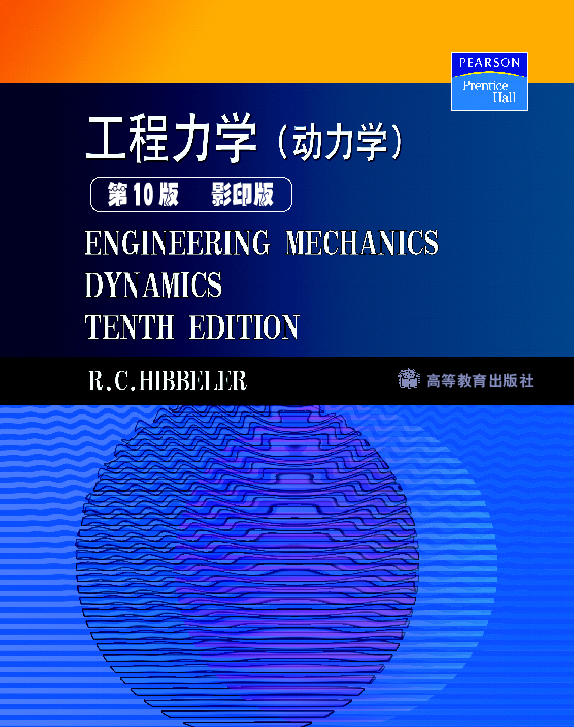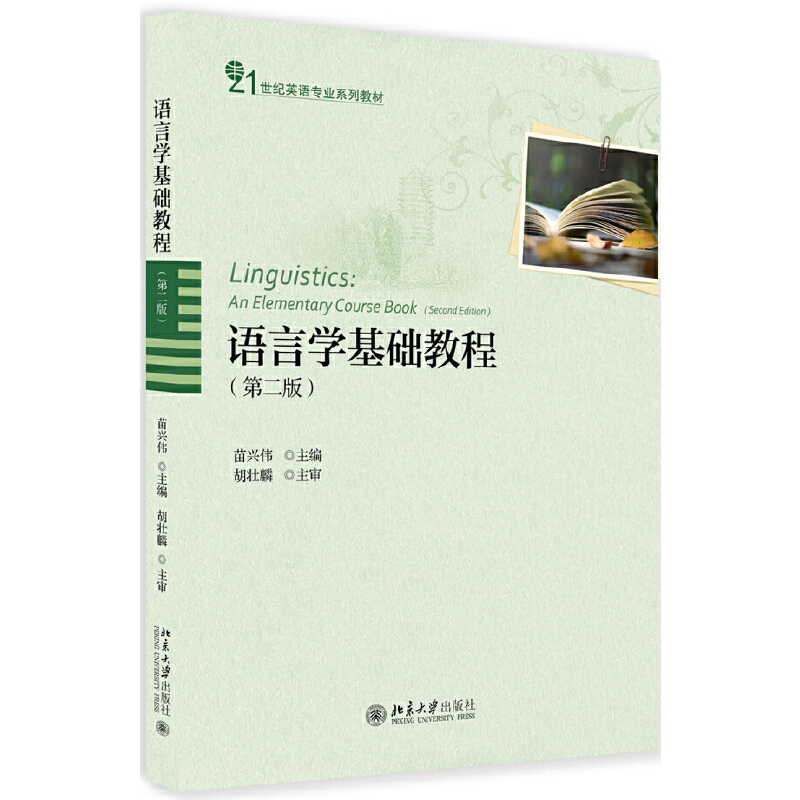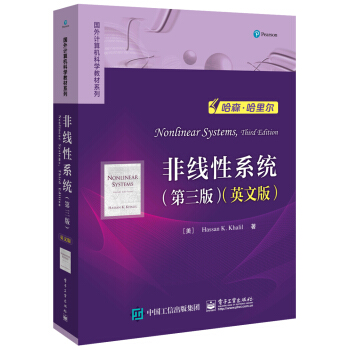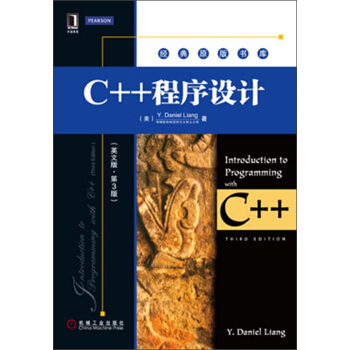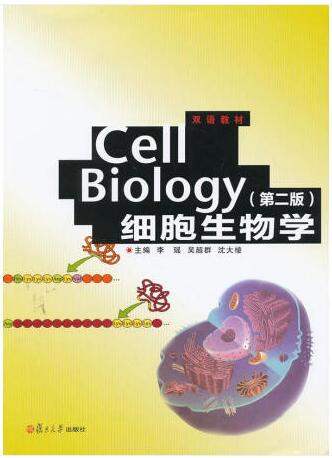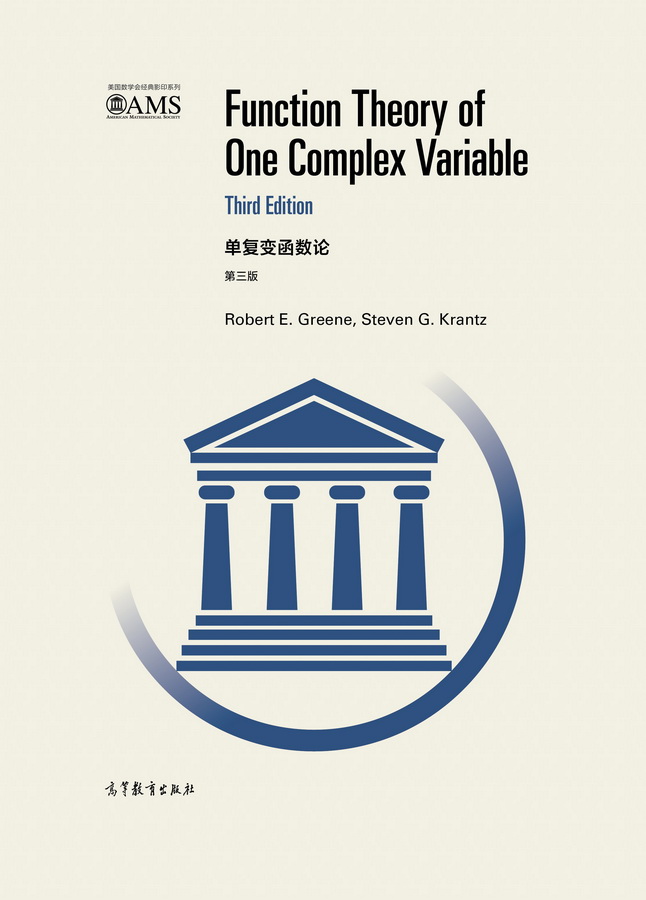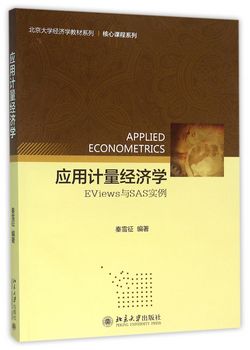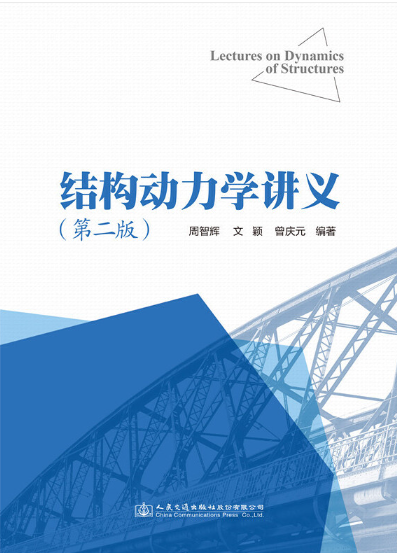工程力学(动力学)(第10版)(影印版)
作者: R.C.Hibbeler
出版时间:2004-01-30
出版社:高等教育出版社
- 高等教育出版社
- 9787040140101
- 1
- 70272
- 0045154218-7
- 平装
- 16开
- 2004-01-30
- 400
- 688
该套教材的《静力学》分册共11章,内容包括:基本原理、力矢量、原点的平衡、力系的简化、刚体的平衡、结构分析、内力、摩擦、重心和形心、转动惯量、虚功;《动力学》分册共11章,内容包括:质点运动学、质点动力学——力和加速度、质点动力学——功和能、质点动力学——冲量和动量、刚体的平面运动学、刚体的平面动力学——力和加速度、刚体的平面动力学——冲量和动量、刚体空间运动学、刚体空间动力学、振动。
本套教材是典型的美式教材,它具有以下一些特点:
1、基本概念、基本原理的叙述简明、准确、便于掌握,在理论体系上不过分追求完整。
2、强调理论的应用,每个内容都配有大量的例题和习题,而且很多来自实际问题,有利于学生应用理论解决实际问题能力的培养。
3、关注学生学习的指导,对各类问题的解决,详尽的介绍思路、方法、技巧,因此教材便于学生自学。逮也充分体现了作者有着丰富的教学经验。
这套教材所对应的我国高等工科院校的课程是理论力学。我国的理论力学课程教材与这本教材在内容和体系上都有差别。阅读这本教材对于我国学习或讲授理论力学课程的学生和教师是很有帮助的。
Dynamics
12 Kinematics of a Particle
Chapter Objectives
12.1 Introduction
12.2 Rectilinear Kinematics:Continuous Motion
12.3 Rectilinear Kinematics:Erratic Motion
12.4 General Curvilinear Motion
12.5 Curvilinear Motion:Rectangular Components
12.6 Motion of a Projectile
12.7 Curvilinear Motion:Normal and Tangential Components
12.8 Curvilinear Motion:Cylindrical Components
12.9 Absolute Dependent Motion Analysis of Two Particles
12.10 Relative-Motion Analysis of Two Particles Using Translating Axes
13 Kinetics of a Particle:Force and Acceleration
Chapter Objectives
13.1 Newton's Laws of Motion
13.2 The Equation of Motion
13.3 Equation of Motion for a System of Particles
13.4 Equations of Motion:Rectangular Coordinates
13.5 Equations of Motion:Normal and Tangential Coordinates
13.6 Equations of Motion:Cylindrical Coordinates
13.7 Central-Force Motion and Space Mechanics
14 Kinetics of a Particle:Work and Energy
Chapter Objectives
14.1 The Work of a Force
14.2 Principle of Work and Energy
14.3 Principle of Work and Energy for a System of Particles
14.4 Power and Efficiency
14.5 Conservative Forces and Potential Energy
14.6 Conservation of Energy
15 Kinetics of a Particle:Impulse and Momentum
Chapter Objectives
15.1 Principle of Linear Impulse and Momentum
15.2 Principle of Linear Impulse and Momentum for a Svstem of Particle
15.3 Conservation of Linear Momentum for a System of Particles
15.4 Impact
15.5 Angular Momentum
15.6 Relation Between Moment of a Force and Angular Momentum
15.7 Angular Impulse and Momentum Principles
15.8 Steady Fluid Streams
15.9 Propulsion with Variable Mass
Review 1:Kinematics and Kinetics of a Particle 279
16 Plaoar Kinematics of a Rigid Bodv
Chapter Objectives
16.1 Rigid-Body Motion
16.2 Translation
16.3 Rotation About a Fixed Axis
16.4 Absolute General Plane Motion Analysis
16.5 Relative-Motion Analysis:Velocity
16.6 Instantaneous Center of Zero Velocity
16.7 Relative-Motion Analysis:Acceleration
16.8 Relative-Motion Analysis Using Rotating Axes
17 Planar Kinetics of a Rigid Body:Force and Acceleration
Chapter Objectives
17.1 Moment of Inertia
17.2 Planar Kinetic Equations of Motion
17.3 Equations of Motion:Translation
17.4 Equations of Motion:Rotation About a Fixed Axes
17.5 Equations of Motion:General Plane Motion
18 Planar Kinetics of a Rigid Body:Work and Energy
Chapter Objectives
18.1 Kinetic Energy
18.2 The Work of a Force
18.3 The Work of a Couple
18.4 Principle of Work and Energy
18.5 Conservation of Energy
19 Planar Kinetics of a Rigid Body:Impulse and Momentum
Chapter Objectives
19.1 Linear and Angular Momentum
19.2 Principle of Impulse and Momentum
19.3 Conservation of Momentum
19.4 Eccentric Impact
Review 2:Planar Kinematics and Kinetics of a Rigid Body
20 Three-Dimensional Kinematics of a Rigid Body
Chapter Objectives
20.1 Rotation About a Fixed Point
20.2 The Time Derivative of a Vector Measured from Either a Fixed and Translating-Rotating System
20.3 General Motion
20.4 Relative-Motion Analysis Using Translating and Rotating Axes
21 Three-Dimensional Kinetics of a Rigid Body
Chapter Objectives
21.1 Moments and Products of Inertia
21.2 Angular Momentum
21.3 Kinetic Energy
21.4 Equations of Motion
21.5 Gyroscopic Motion
21.6 Torquc-Frcc Motion
22 Vibrations
Chapter Objectives
21.1 Undamped Free Vibration
21.2 Energy Methods
21.3 Undamped Forced Vibration
21.4 Viscous Damped Free Vibration
21.5 Viscous Damped Forced Vibration
21.6 Electrical Circuit Analogs
Appendices
thematical Expressions
merical and Computer Analysis
ctor Analysis
view for the Fundamentals of Engineering Examination
Answers to Selected Problems
Index

